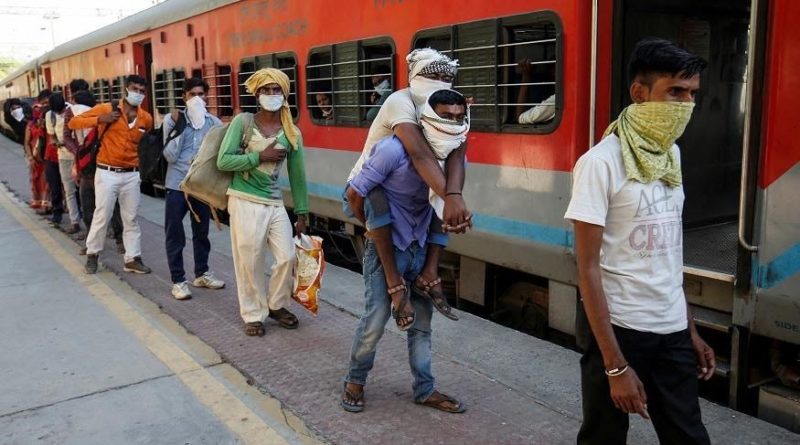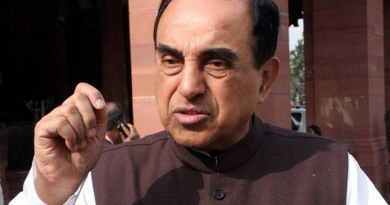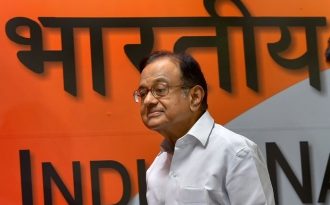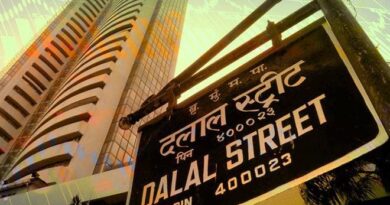COVID ignites age-old labour crisis
The long march of crores might have become a political issue, but in the Indian context, there is nothing new to it except that COVID 19 has brought to fore a crisis simmering for long. The erstwhile Planning Commission had discussed the issue even in 2011 and the UN and other organisations have been highlighting it intermittently.The issue of internal displacement (IDP) never flared up the way it has now but even in the 1950s as the nascent development process of building dams be it the Bhakra or various Damodar Valley Projects caused displacements of tribals and other people in various parts of the country. The political dispensation treated it as a non-issue. In the recent past, the Tehri and Narmada dams also displaced large numbers. Many, including former Lt Governor of Delhi, averred that people had to pay the cost for a “better life”. In 1953, DVC acquired huge tracts of land, mostly from tribal people in Dhanbad, Jamtara in Jharkhand; Purulia and Burdwan in West Bengal displacing 70,000 people and depriving them of land and livelihood. Reports state that only 350 such persons received compensation and jobs; others were given nothing. So the agitation for “justice” continues and had taken volatile shape in 2012.The movie Hum Hindustani in 1960 with a young actor Sunil Dutt portrayed a new India for writing a new “Kahani”. Alas, that was the beginning possibly of abysmal deprivation that the nation is groping with today. No wonder the largest number of migrants in the long march belongs to Jharkhand, Bihar and West Bengal. The state of UP is not behind. The United Nations, in 2016, notes that 2.4 million are internally displaced in this country. The Indian Social Institute says during the same period that the development-induced IDPs are 21.3 million – 16.4 million due to dams, 2.55 million due to mining activities, 1.25 million because of industrial development and 60,000 by wildlife sanctuaries or national parks. These may be huge numbers but it does not explain how at least 4 crores started trekking across the nation no sooner lockdown was imposed on March 24 bringing the nation’s productivity to a grinding halt. The railways between May 1 and 6 ferry one lakh migrants to their homes by 115 Shramik Specials to Bihar, UP, Rajasthan and Kerala. Trains were inefficiently run and completing 40-hour journeys in four days in some cases. At least seven persons lost their lives in train and over 400 dies due to fatigue, crushed under rail wheels or road accidents. The tragedy is grim. Pt Jawaharlal Nehru’s dream of “enshrining the economy as that part of the nation which stands for the whole” made newspaper banner headlines as Panchet Dam was opened in December 1959. Few could then believe that it may not have been the appropriate prescription. At least President Rajendra Prasad had doubts, Statesman reports on December 28, 1959, as he addressed the IIT, Kharagpur convocation. Prasad warned against neglecting the call of duty. Planning Commission former secretary NC Saxena in 1999 is quoted by World Commission on Dams that about 5 crores (50 million) were displaced by big projects in 50 years of independence. During the Janata Party rule in 1977, a labour ministry committee suggested regulating inter-state migrant workers’ employment as they were exploited and paid wages lower than agreed upon. The miseries of these people were not unknown but nobody cared across the political spectrum. Across the political spectrum, whosoever anywhere in power sees the reverse migration back to the emotional security of their village as a bid to malign their regimes in Rajasthan, Punjab, Maharashtra, UP, Andhra, Karnataka or anywhere. Strangely enough, the middle class precariously perched on the edge of the poverty line has been most critical of this cross-country trek of the labourers in extreme summer with the bare minimum clothing and more than half of them with chappals or even barefoot. It reflects the apathy of the nation’s policy planners, rulers and their elected representatives. It reminds many of the people like Sundar Lal Bahuguna or Medha Patkar or Aruna Roy who tried to raise their feeble voice to highlight the plight of the neglected millions. The nation certainly has not come out with glory for making supposed economic strides while pushing down 81 crores officially stated poor in the wake of lockdown. A newly born nation in the 1950s apparently had no vision as the poor multiplied, moved out of villages to eke out a living in shanties of metros amid promises of utopian progress like fertilizers, self-sufficiency in steel and rising needs of engineers in second or third five-year plans in official reports through 1950s and 1960.Displacement and deprivation have been constant. Policy bodies like the Planning Commission were not unaware. The budget documents do not reveal much for solving the burgeoning problem. Displacement has become the norm for any public projects ostensibly for prosperity but actually for depriving those whose lands are acquired. It is stressing and straining millions of lives because for most, it meant the loss of home and livelihood. Prof AM Khusro was concerned about the rising number of poor in absolute, not percentage, terms in 1999.The present reverse migration has disturbed comfort levels of many – the industry, builders, diamond-cutters and all businesses. Political parties may show apparent calm but they are shaken. They are yet to realise the magnitude of the crisis. Most of the labourers jolted by treatments meted out to them in different states by their employers, police and administration are in quandary. For the next six months, they might not go back. Yes, the conflicts in calm rural India may also rise. The Supreme Court concern for their food and travel is a small recognition of the problem despite solicitor general Tushar Mehta told the judges “labour exodus was due to local instigation”. Governments everywhere abdicated their duties for decades. The various free ration and other benefits announced now would neither be easy to sustain nor is it a solution. The poor have to be self-reliant. It calls for a massive policy shake-up, integration of the poor in deciding future course, reorienting the economy, cut in taxes and overall lifestyle improvement. ‘Atmanirbhar’ will not be that easy if still, the nation continues to ignore 60 percent of the population. (Picture courtesy: News 18).




